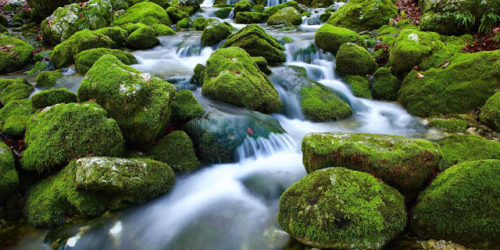Finding Value in Land Records
 Land records might seem not to have any value to genealogical research, especially with the emphasis on vital and census records for most upcoming genealogists. However, they can be extremely helpful in locating where a family may have lived, especially when census and vital records are not available in that area for one reason or another.
Land records might seem not to have any value to genealogical research, especially with the emphasis on vital and census records for most upcoming genealogists. However, they can be extremely helpful in locating where a family may have lived, especially when census and vital records are not available in that area for one reason or another.
One reason is that land records can potentially identify couples. Some land deeds listed both the husband and wife as the sellers, or grantors, of a property. This is very helpful, especially when marriage records are hard to acquire.
Another, more obvious reason is that land records can help you learn more about the family’s connection with its community. Did they live within a town or out in the countryside? How much land did they own? This can coincide well with any town or county histories in providing historical context for their lives.
Searching for land records is similar to searching for probate and other legal records. The FamilySearch Catalog, Ancestry, FindMyPast, and MyHeritage have access to land records, either directly through their websites or directing you to an archive. In addition, town, county, and state archives also keep land records on file, often to use in land disputes.
One thing to look out for when examining these land records, is that land was divided depending on its location. If a land record indicates that your family lived in New England or along the eastern coast of the United States, their property was divided by a system called metes and bounds. This system uses natural and manmade landmarks, such as an creek or a pile of rocks, to essentially create a connect-the-dot property line. Another system is the rectangular survey. This survey essentially divided land into squares miles, where people could earn quarters of that square of land. This system was used to settle the American frontier and can be seen primarily in the Midwest.
If you want to learn more about land records, check out the resources in The Family History Guide, in Goal Goal F2 of the United States page. You’ll also find information on land patent and homestead records, as well as BLM (Bureau of Land Management) records. There are also Goals for learning about land records in many of the Country pages of The Family History Guide.





